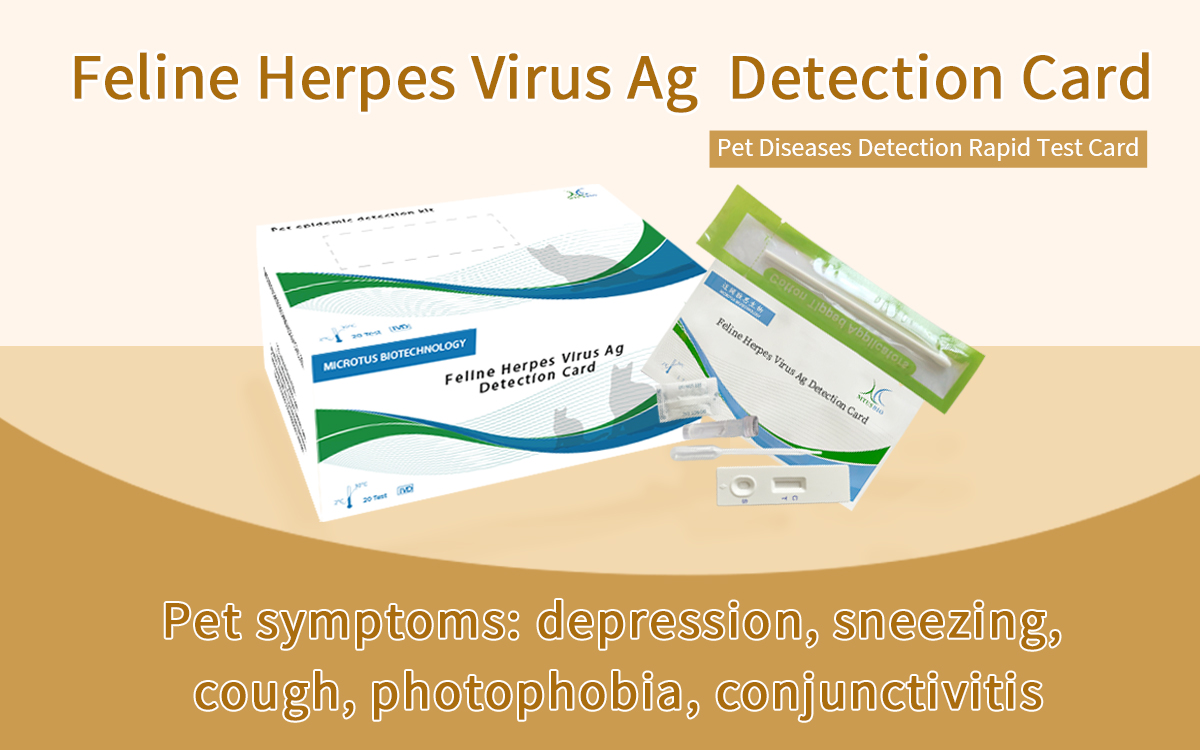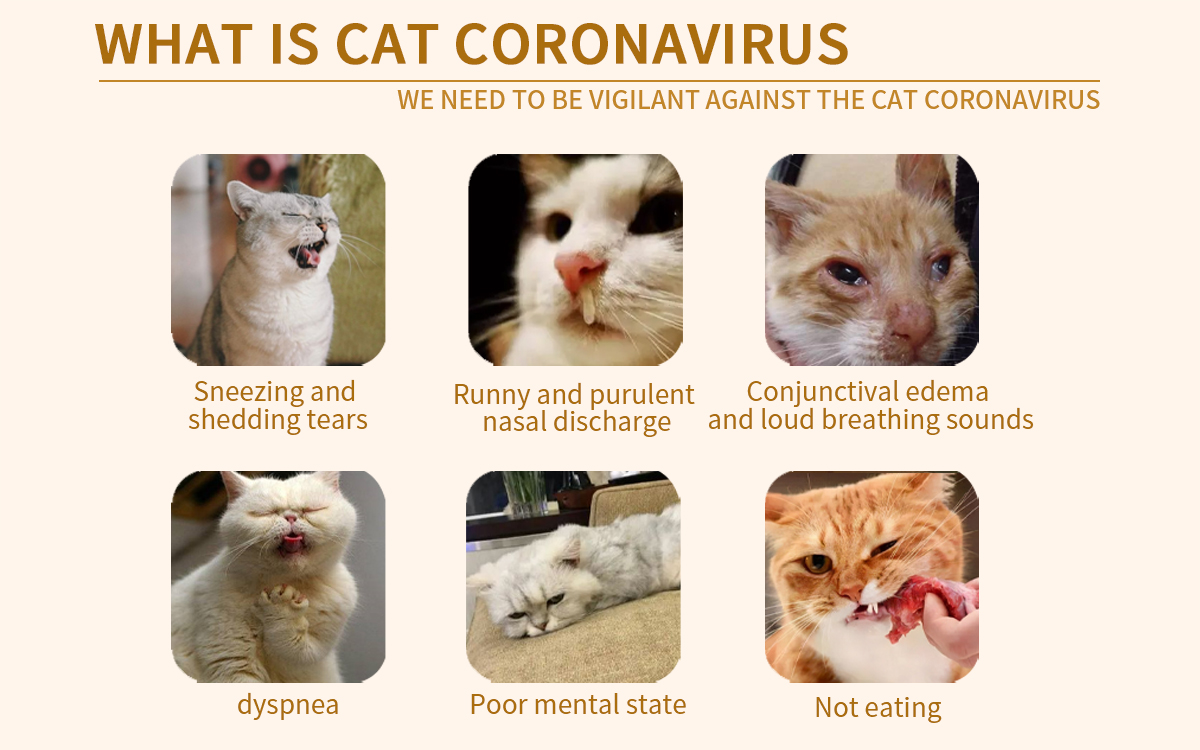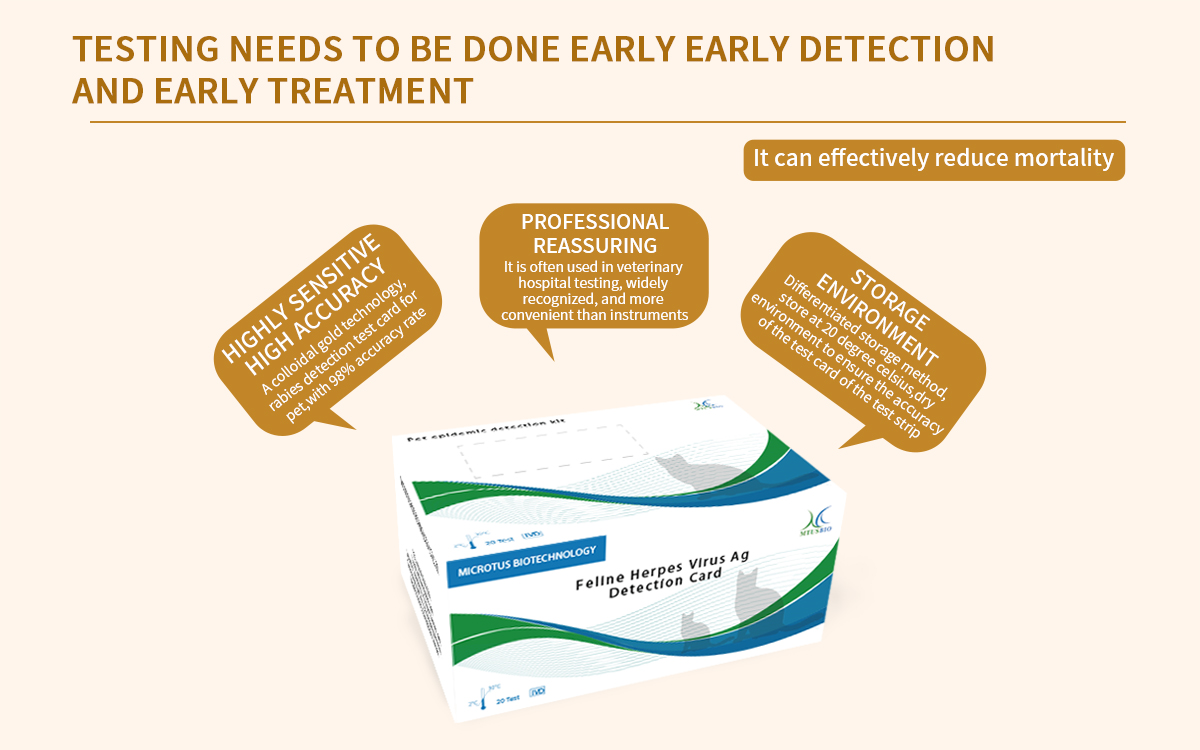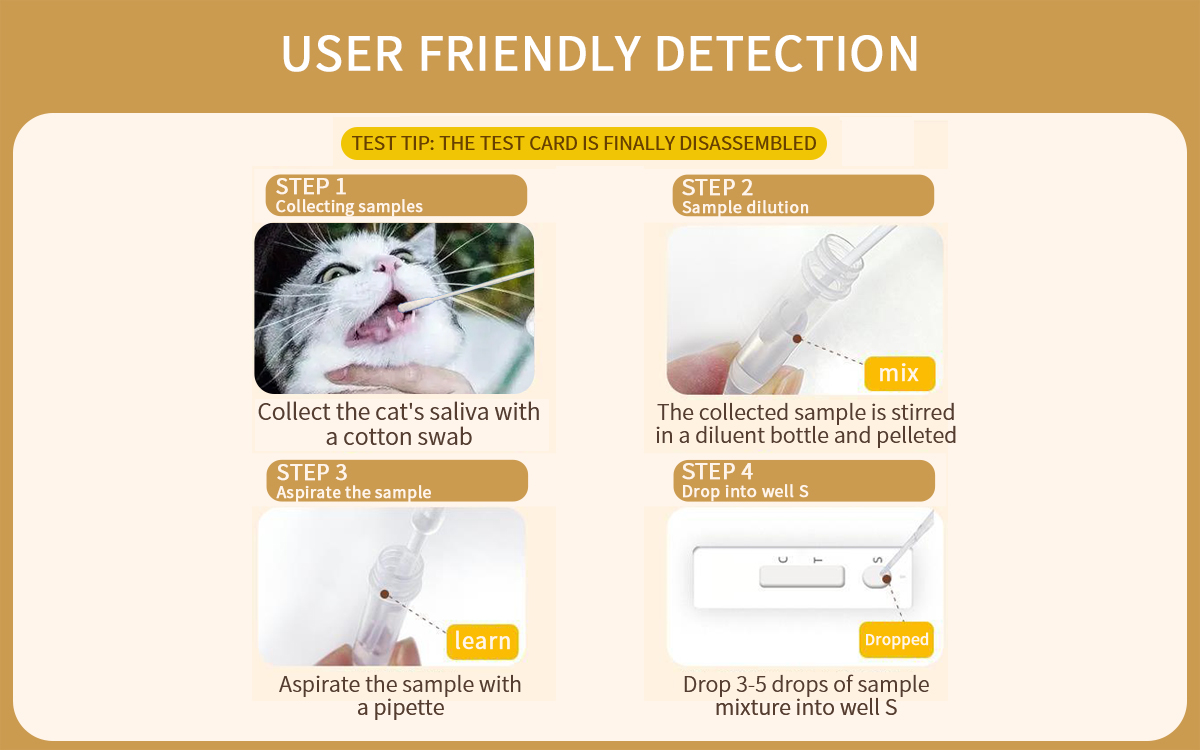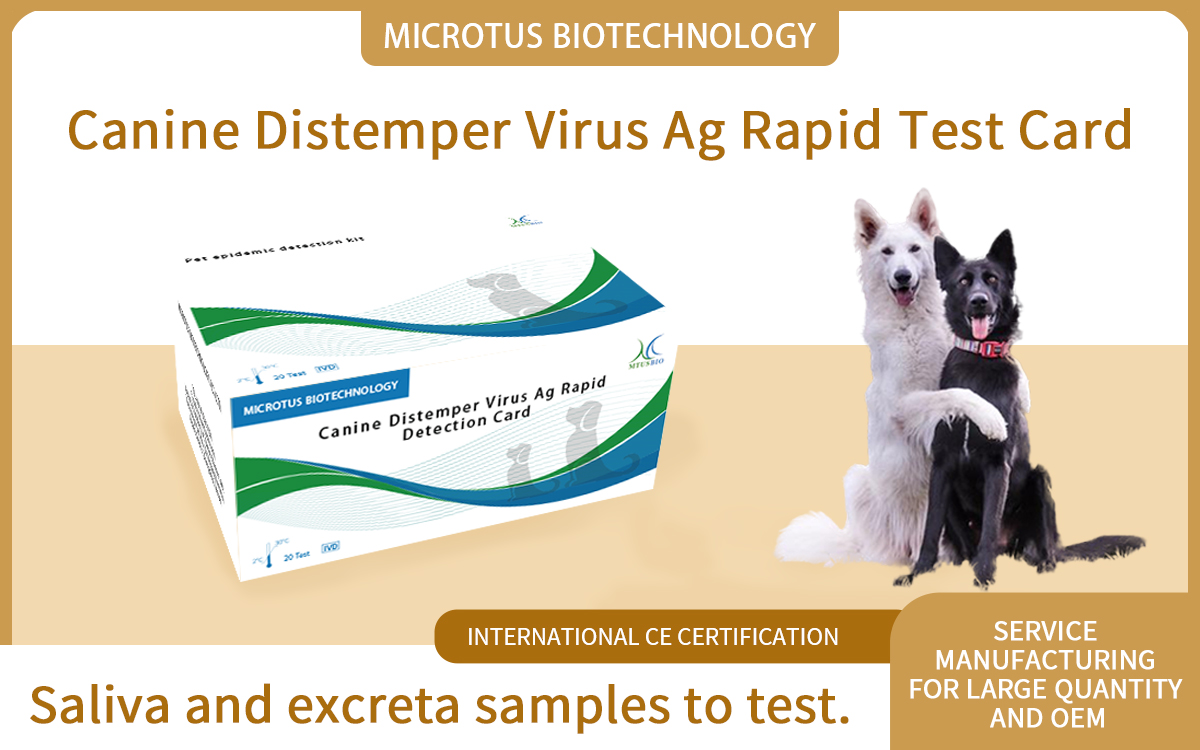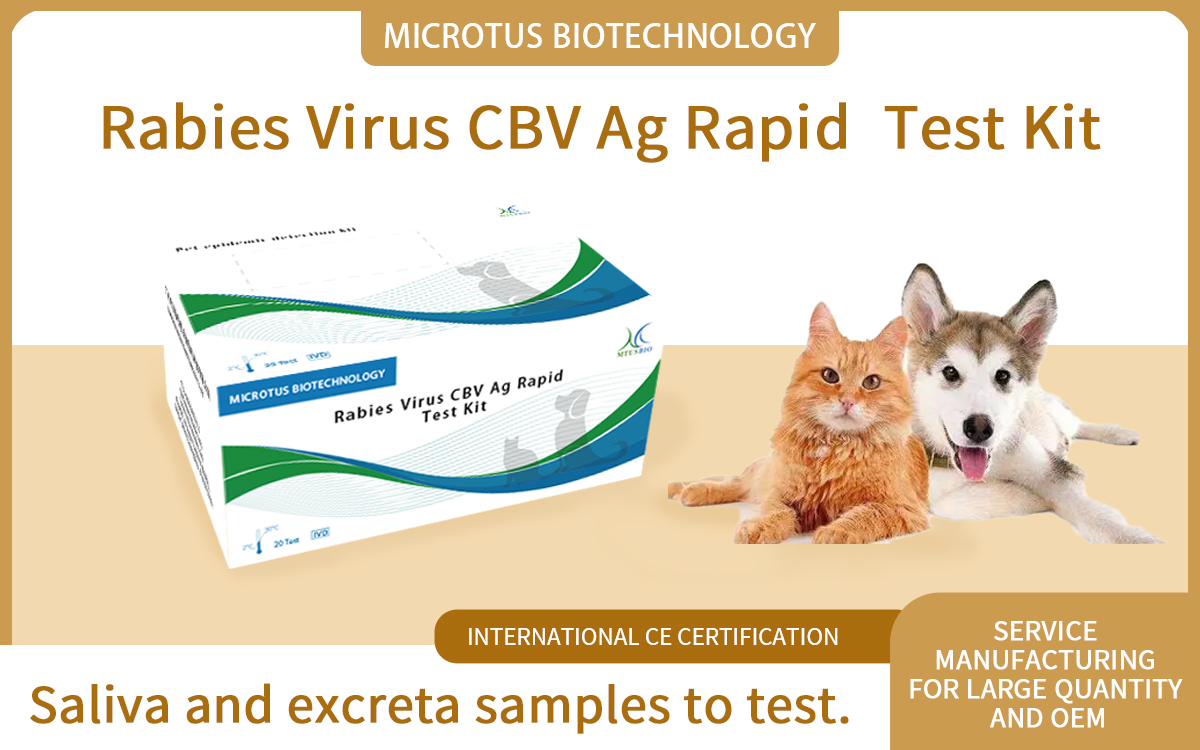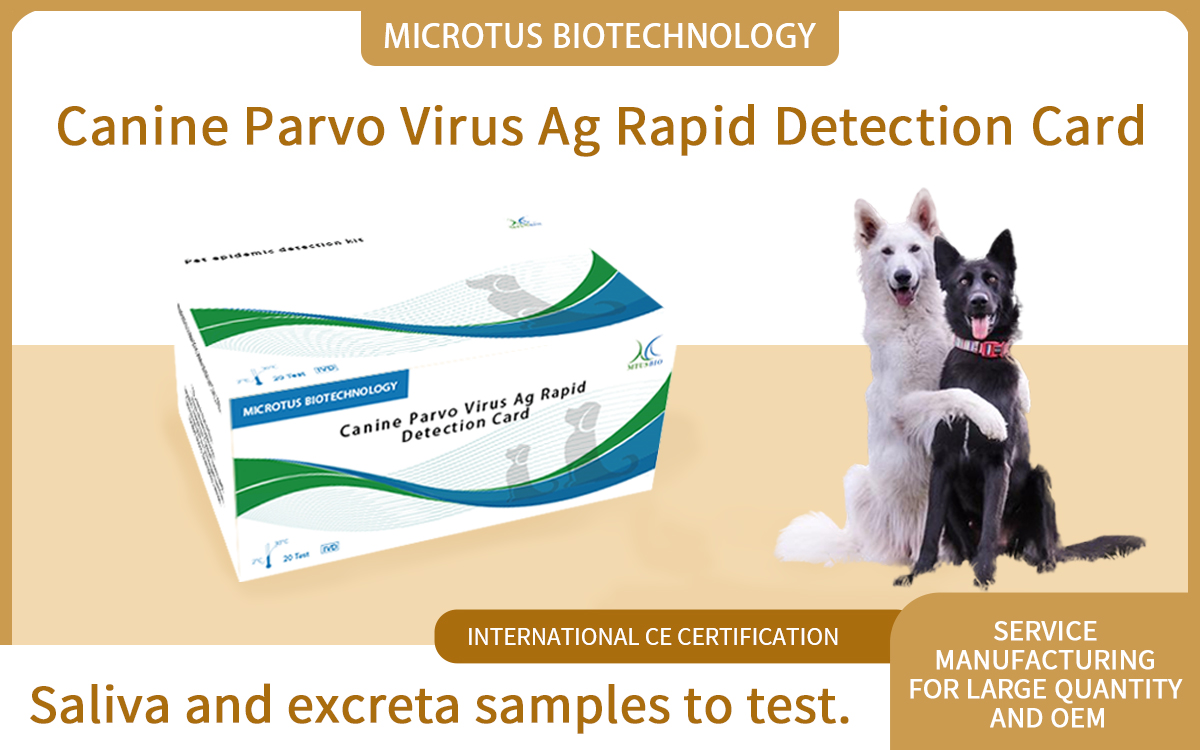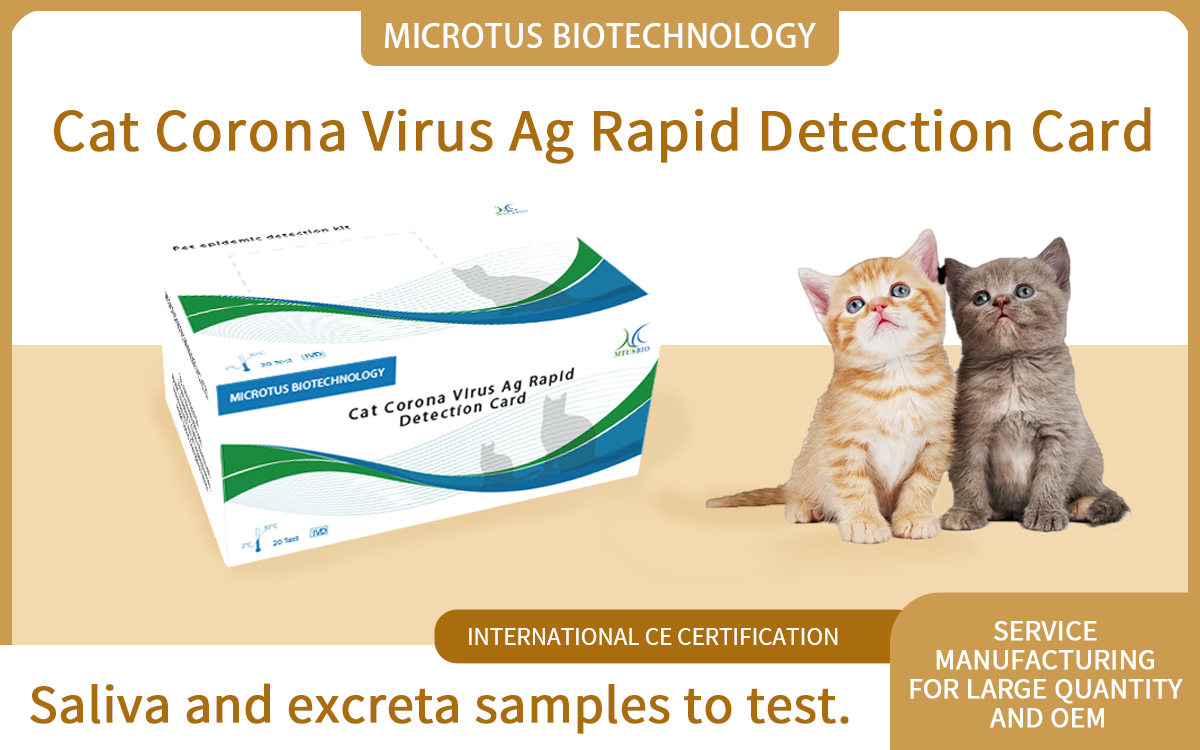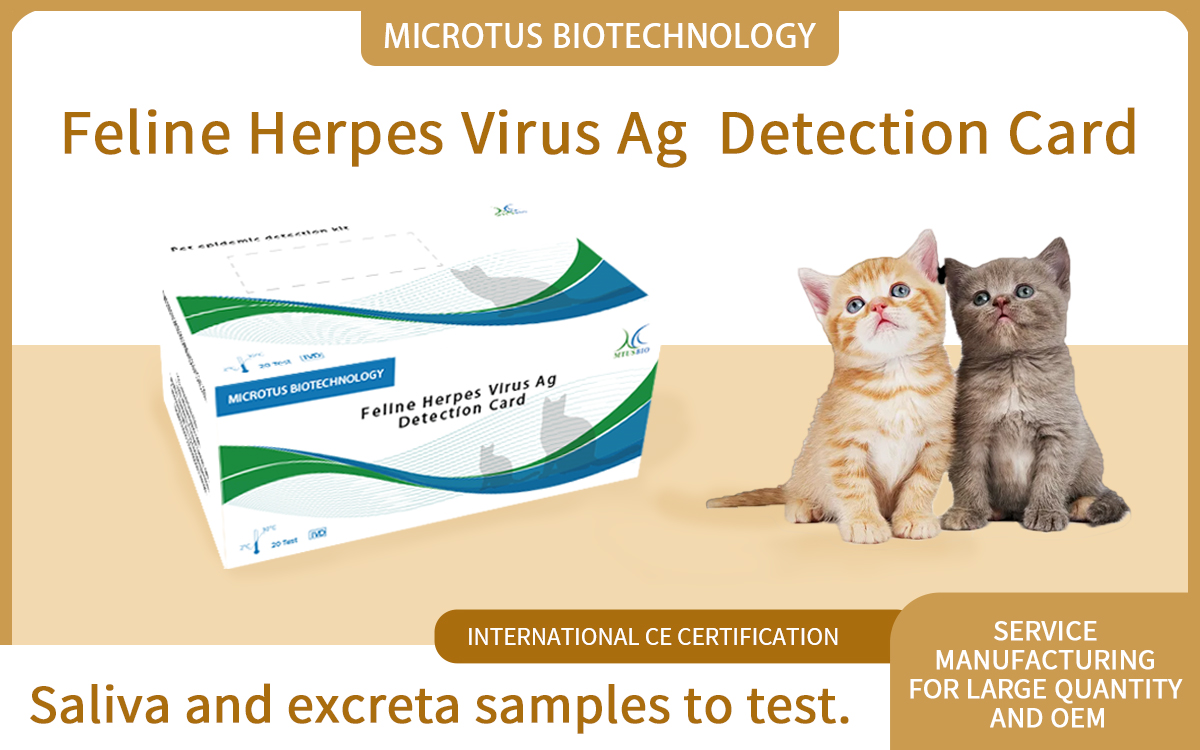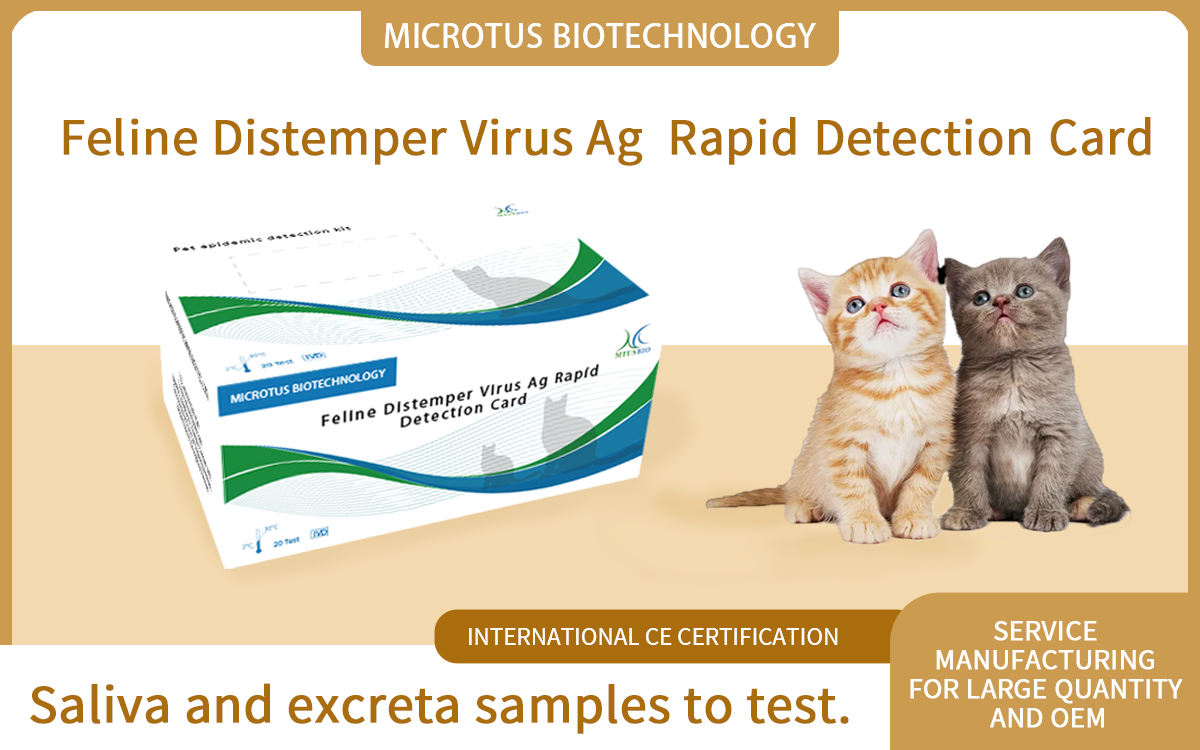[Principle]
The cat scratch virus test strip is based on colloidal gold immunochromatography technology. During detection, the feline papillomavirus in the sample binds to the colloidal gold coated antibody to form an antigen-antibody complex, which flows along the test strip to the other end of the NC membrane. When the composite flows to the T-zone on the membrane, the specific antibody fixed on the membrane captures the complex and gradually condenses into a visible T-line. The unbound colloidal gold antibody flows through the T-zone and is captured by the antibody in the C-zone, forming a visible C-line. The appearance of the C-line indicates that immunochromatography has occurred, indicating that the test strip is effective; the appearance of the T-line indicates that the sample contains feline rabies virus.
[Kit composition]
No. | Name | 20T / box |
1. | test cards (including straws) | 20 |
2. | Sample dilution | 20bottles |
3. | Cotton swab | 20 sticks |
4. | instruction manual | 1 |
[Storage and expiry date] Store in a cool and dry place (2-30 ° C), valid for 24 months.
[Sample preparation]
After soaking the cotton swab with normal saline, swab the feces, rectum, vomit, and saliva. Immediately insert the cotton swab into the sample tube containing the diluent. Stir the cotton swab thoroughly until all the samples on the cotton swab are dissolved in the diluent. Place the cotton swab in the tube. The wall is squeezed out and discarded, and the sample solution is left to stand.
Note:
Excessive stool samples may lead to erroneous results (such as the occurrence of black bands, etc.), and can be diluted with the sample dilution solution before testing.
【experiment method】
1. Tear off the aluminum foil packaging bag of the test card, remove the test card, and place it on a flat, clean surface.
2. Pipette the prepared clear sample supernatant with a matching pipette, and slowly add 2-3 drops (about 60ul) into the sample well vertically and slowly.
3. Leave at room temperature for 5-10 minutes to judge the results. Results longer than 30 minutes are invalid.














